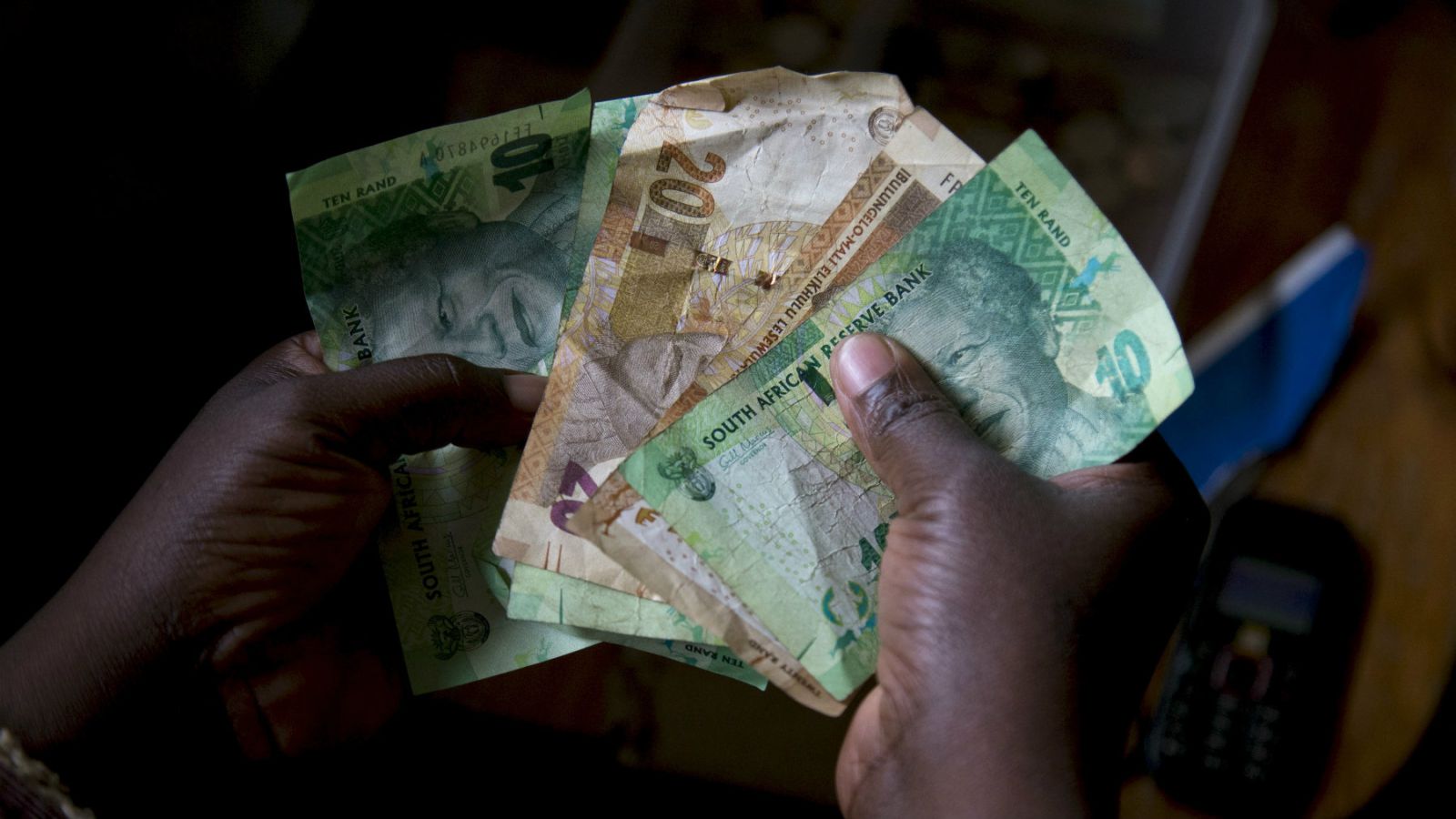
Even in the promised land of digital money, cash will stay king for a long while yet
By Guillaume Lepecq for Quartz
If you talk to tech companies, telecom companies, and even some NGOs, they will tell you that the future of money in Africa is based on technology.
They are right, in part, but not for the reasons you might think.
While mobile payment systems, such as Kenya’s M-Pesa and South Africa’s SnapScan, are proliferating, the real technology powering Africa’s economic growth is cash. As GDP in Africa grows, so, too, does the banking system and the demand for banknotes.
It’s easy to overlook it, but cash is a technology itself. Banknotes are constantly being improved, whether with watermarks, metallic threads, color-shifting inks, or holograms. These improvements – and others like them – make cash a more durable, more secure and more efficient payment instrument.
Digital payment systems have inherent security risks from hacking, scamming, and data theft, and those intrusions can lead to more than just lost money in an account, including identity theft and the revelation of sensitive information.
The technology powering Africa’s economic growth is cash.
To be sure, M-Pesa—a mobile phone-based money transfer system—and similar services have been a positive development for payment systems in Africa, and has made Africa an exciting place for financial technology investment and development.
More than half of Kenyan adults have an M-Pesa account, and it is used for millions of transactions each year. Its rise over the last decade has coincided with a rapid expansion of traditional and mobile banking services in sub-Saharan Africa. According to the World Bank, 34% of sub-Saharan Africans over age 15 had a bank account in 2014, up ten percentage points from 2011. And 12% of adults in sub-Saharan Africa had a mobile money account in 2014, compared to just 2 percent worldwide.
As Tom Jackson writes in Quartz, “Mobile money transactions in Sub-Saharan Africa hit $656 million in 2014, and could more than double to $1.3 billion in the next four years.”
Digital payment systems won’t and shouldn’t go away. But these innovations contribute to the efficiency of cash.
Digital payment systems won’t and shouldn’t go away. But these innovations contribute to the efficiency and widespread use of cash. M-Pesa is essentially a cash transfer system, enabling users to send cash across the country using a network of 60,000 agents.
And, as we have seen already, with rising GDP, rising incomes, increased urbanization, and a growing middle class, the demand for banknotes has risen across Africa. More and better-positioned African consumers has meant more need for cash.
In a study I conducted in 2014, entitled Future of Cash in Africa, I showed that banknote volumes increased by 13% per year in Ethiopia, 9% in Kenya, 7% in Morocco and 8% in South Africa over the previous decade. In Kenya, from 2000 to 2012, a span that included the advent of M-Pesa in 2007, the number of shilling banknotes increased from more than 150 million notes in circulation to more than 417 million. I estimate that Kenya will see close to a billion banknotes in circulation by the end of this decade. Nigeria likely will cross six billion banknotes by then, Ethiopia three billion, and Morocco and South Africa more than two billion. That is a lot of cash, and more and more of it will be in the hands of a growing middle class created by growing national economies.
But increased use of cash is not just a symptom of growing GDP, it’s a cause of it. Cash contributes to growth in Africa for three reasons.
Why cash is king
The first is that cash is universal. It can be used by anyone, regardless of age, gender or financial situation. It works everywhere, all the time and with all types of economic agents. It does not require a technology infrastructure. It can be used for a broad range of transactions, in terms of value, across different sales channels and between different transacting parties. According to the World Bank 56% of global remittances rely on cash at one or both ends of the transaction.
With rising GDP, increased urbanization, and a growing middle class, the demand for banknotes has risen across Africa.
Secondly, cash is the first step to financial inclusion. Many Africans lack access to mobile phone technology, live in extreme poverty, or lack basic literacy. A lack of money is, not surprisingly, the most frequently cited barrier for not holding a bank account, followed by distance from financial infrastructure and lack of proper documentation or identification. Cash gives consumers better control of their budget, as they can actually know how much money they have. This encourages sound economic behavior.
The last and perhaps the most compelling reason is that cash connects people. In 2002, a group of OECD economists wrote in a forward-leaning paper called “The Future of Money,” that a proliferation of new payment methods could actually harm social dynamism by “further fragmenting and ghettoizing certain communities and regions.” The portrait of Nelson Mandela gracing the new South African banknotes is a powerful symbol and example of the social cohesion role of cash.
Africa remains a land of innovation for cash – from cashless ATMs in South Africa to agency banking and M-Pesa in Kenya. New systems on the continent will arise spurred by new need and new opportunities, but at the bottom line they will provide new ways of accessing, distributing and transferring cash.
Guillaume Lepecq is a consultant in payment systems and the author of “Cash Essentials – Beyond Payments,” a new study on the uses and benefits of banknotes and coins. www.cashessentials.org.
First appeared at QZ.com





